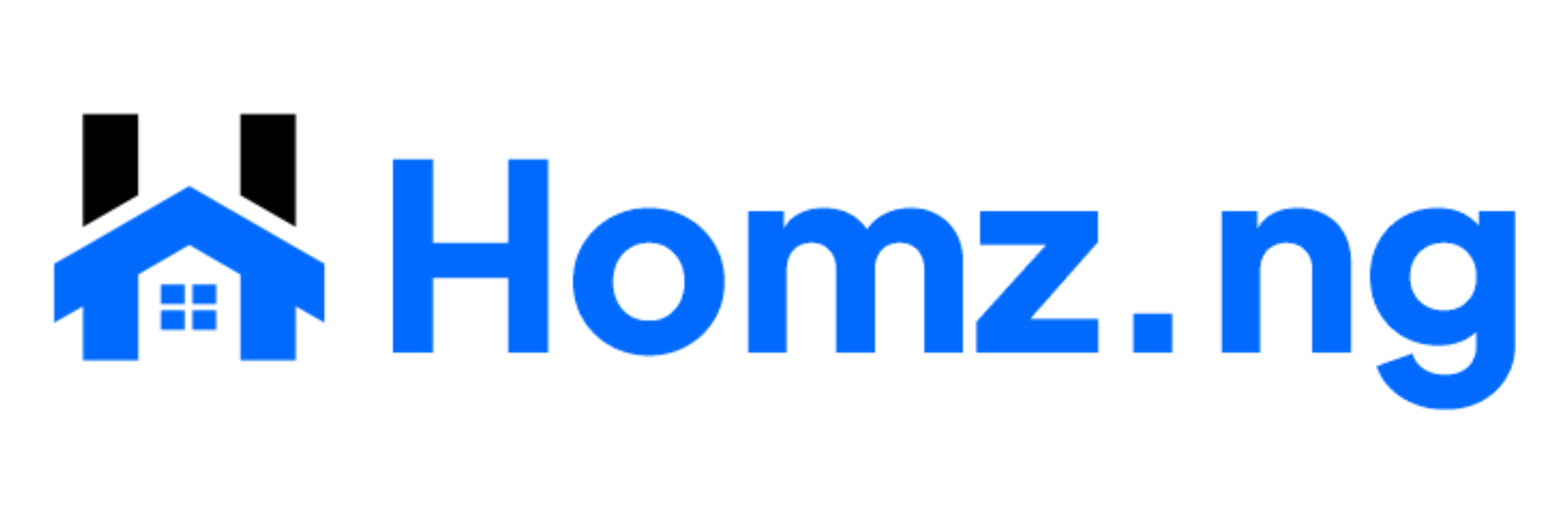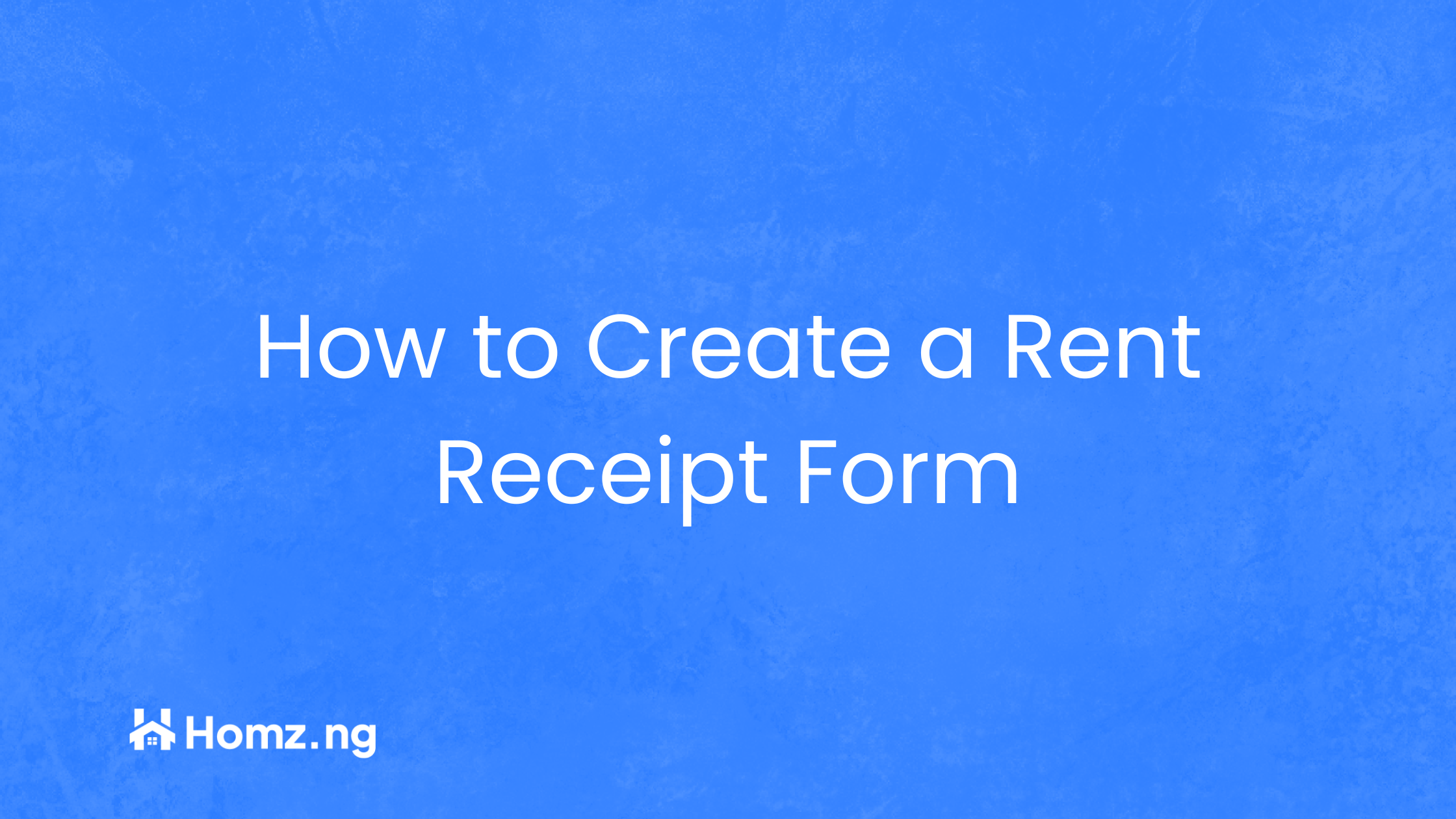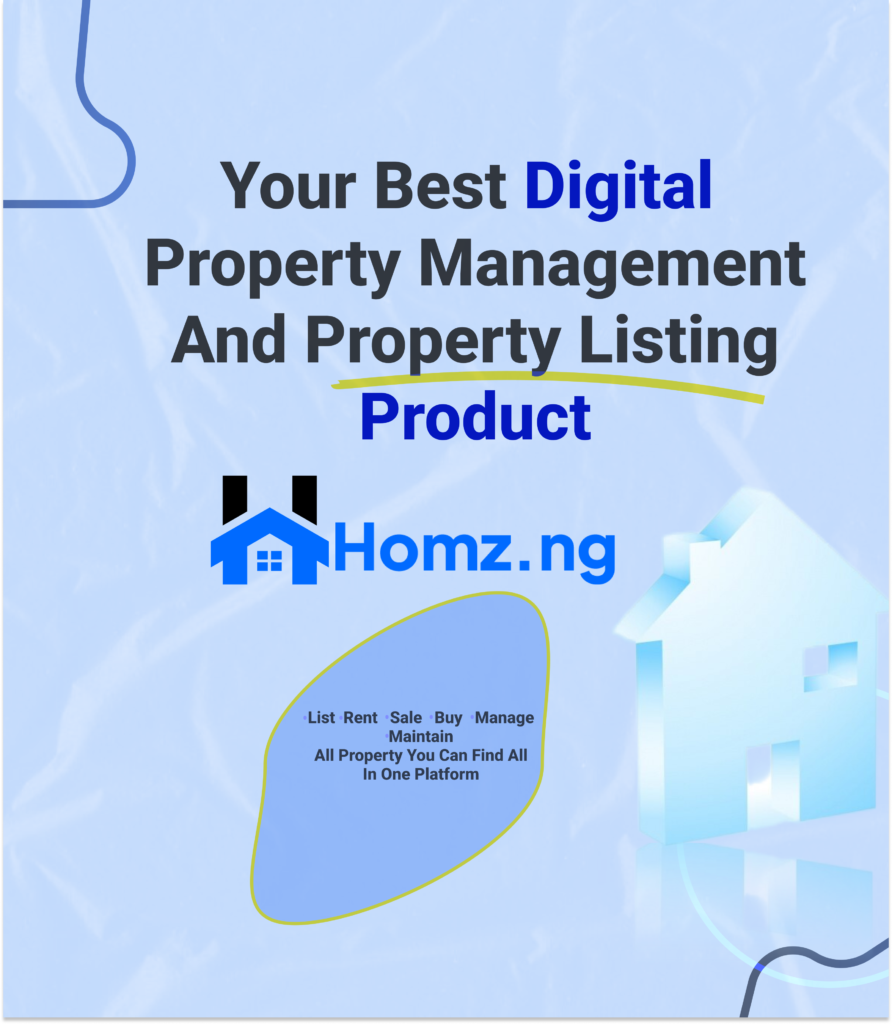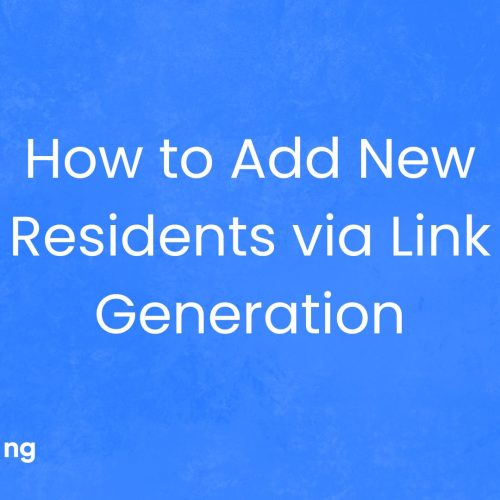How to Create a Rent Receipt Form: A Step-by-Step Guide
Creating a rent receipt form is essential for landlords and property managers. A well-crafted rent receipt not only confirms that the tenant has paid their rent but also helps maintain clear financial records. In this guide, we’ll walk you through the process of creating a rent receipt form and show you how you can easily generate one using Homz.ng.
Whether managing a single property or an entire portfolio, this guide is designed to help you get started quickly and efficiently.
Why a Rent Receipt Form Matters
A rent receipt serves multiple purposes:
- Proof of Payment: It acts as evidence that the tenant has paid rent on time.
- Record Keeping: It helps both landlords and tenants keep accurate records of all transactions.
- Transparency: It fosters trust by ensuring clear communication regarding financial obligations.
For additional insights on the importance of proper documentation in property management, check out this Forbes article on financial record keeping in real estate.
Step-by-Step Guide to Creating a Rent Receipt Form
1. Gather Essential Information
Before you start designing your rent receipt form, make sure you have all the necessary details:
- Tenant Information: Name, contact details, and property address.
- Payment Details: Amount paid, payment method, and payment date.
- Landlord Information: Name, address, and contact details.
- Property Details: Rental period and property identification (if applicable).
2. Design the Layout
Your rent receipt should be clean, professional, and easy to read. Consider including the following elements:
- Header: Clearly state “Rent receipt” at the top.
- Transaction Details: Include sections for the tenant’s information, payment details, and rental period.
- Signature Section: A space for the landlord or property manager’s signature, confirming the transaction.
For more detailed design tips, visit our comprehensive guide on creating effective rental documents available on the Homz.ng blog.
3. Choose a Digital Tool
Using digital tools can simplify the process of creating and managing rent receipts. Platforms like Homz.ng offer a seamless, user-friendly experience to generate rent receipts and other essential documents. Digital forms are not only efficient but also allow for easy storage and retrieval of records.
4. Customize Your Template
Make sure to customise your rent receipt template to reflect your branding and specific requirements. A well-tailored template adds a professional touch and builds trust with your tenants. Customise:
- Logo and Contact Information: Incorporate your brand’s logo and update contact details.
- Formatting: Use clear fonts and a layout that guides the reader through each section.
5. Test and Implement
Before rolling out your rent receipt form for regular use, test it with a few transactions to ensure that all information is correctly captured. Collect feedback from tenants and adjust the format if needed. Once you’re satisfied with the template, start using it as part of your routine property management operations.
Embrace Digital Transformation with Homz.ng
At Homz.ng, we believe that technology can transform traditional property management tasks, making them faster, more efficient, and error-free. Our online document generation tool lets you create customised rent receipt forms and other essential documents in minutes—saving you time and ensuring accuracy.
Ready to streamline your property management process? Explore the benefits of digital document generation on Homz.ng and take your rental operations to the next level.
Final Thoughts
Creating a professional rent receipt form is a critical step in ensuring transparency and accountability in property management. By gathering all necessary information, designing a clear layout, and leveraging digital tools like Homz.ng, you can simplify the process and enhance your overall property management strategy. Start today and experience the ease of digital document generation!
For more tips and guides on property management, visit our Homz.ng.
Read Next
Technology is Changing Real Estate Management in Nigeria






